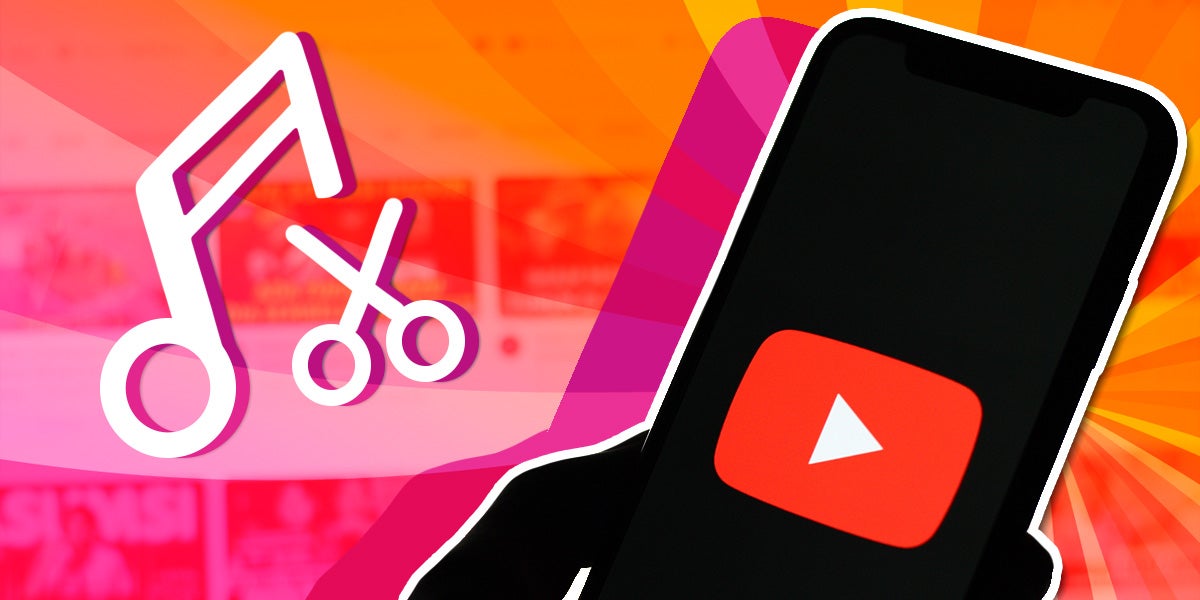
On July 3, YouTube announced that creators will soon be able to more accurately remove copyrighted music from their videos. And it doesn’t have to impact the rest of a video’s audio.
YouTube CEO Neal Mohan debuted the improved tool in a post on X. He wrote: “Good news, creators: our updated Erase Song tool helps you easily remove copyright-claimed music from your video (while leaving the rest of your audio intact).”
In a video posted to YouTube, a company spokesperson explained how the platform offers “several editing options” for creators if their video has been flagged for containing copyrighted music.
Creators so far have had the choices to mute, trim, or replace the offending song. But YouTube says it has also been beta testing an option to erase the song without impacting other sounds, like dialogue or background noises.
Now, YouTube says it is debuting this improved feature to all creators “in the coming weeks.”
“Up until now, creators have the ability to use the ‘erase song’ beta feature to silence copyrighted music in their content,” the spokesperson added.
“However, the performance of the tool wasn’t as accurate as we would have liked it to have been. This year, we’re making big improvements to the feature by introducing a new AI-powered algorithm to more accurately identify and remove copyrighted content.”
How can I use the YouTube erase song tool?
This improved erase song feature will roll out across YouTube Studio Desktop and YouTube Studio Mobile in the next few weeks.
To use it, from a video’s copyright summary page, you can click the “Select Action” button on the right hand side. From there, you will be offered a range of actions based on the nature of the copyright claim, including the option to “Erase Song.”
After clicking on the “Erase Song” button, you will be presented with two options. You can either remove the copyright claimed song only while leaving the rest of the sound intact. Alternatively, there’s the “Mute All Sound” option which, you guessed it, mutes all the sound between the relevant time stamps.
After making those edits, the copyright claim should be removed from the video in question.
However, this method isn’t completely foolproof. In a website post, YouTube added: “This edit might not work if the song is hard to remove. If this tool doesn’t successfully remove the claim on a video, you can try other editing options, such as muting all sound in the claimed segments or trimming out the claimed segments.”
Further reading:
- You Can Now Request To Remove Deepfakes on YouTube
- YouTube Takes Actions Against AI ‘True Crime’ Deepfakes
- Your Favorite YouTuber Might Become An AI Chatbot
- Creators Must Disclose Realistic AI With New YouTube Rule
- Cocomelon Ripoffs Are Targeting Kids — But Is YouTube Doing Enough?
- Is YouTube Optimization Dead?




